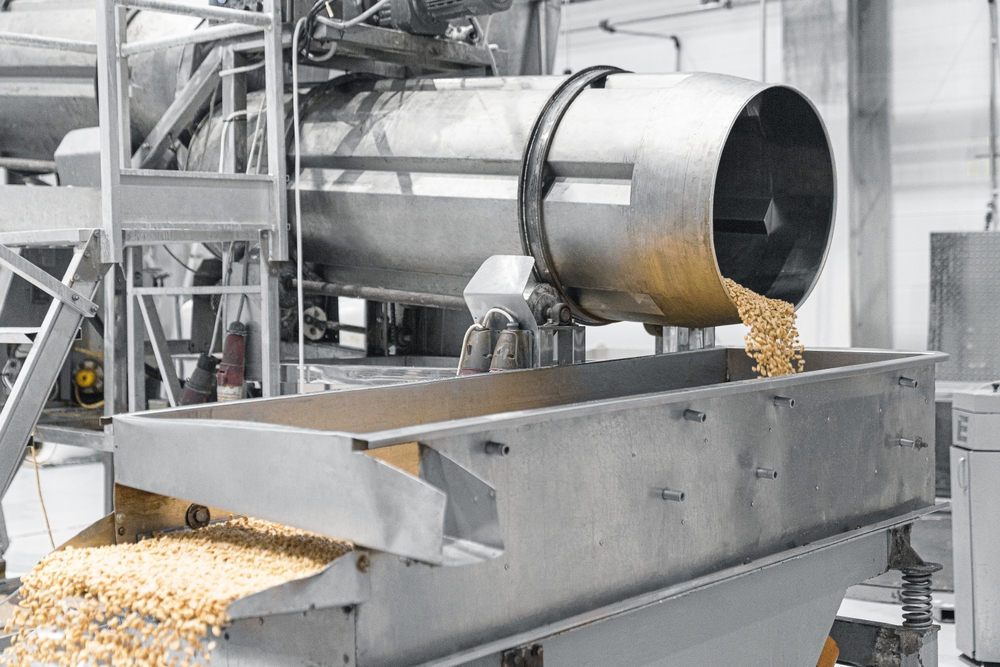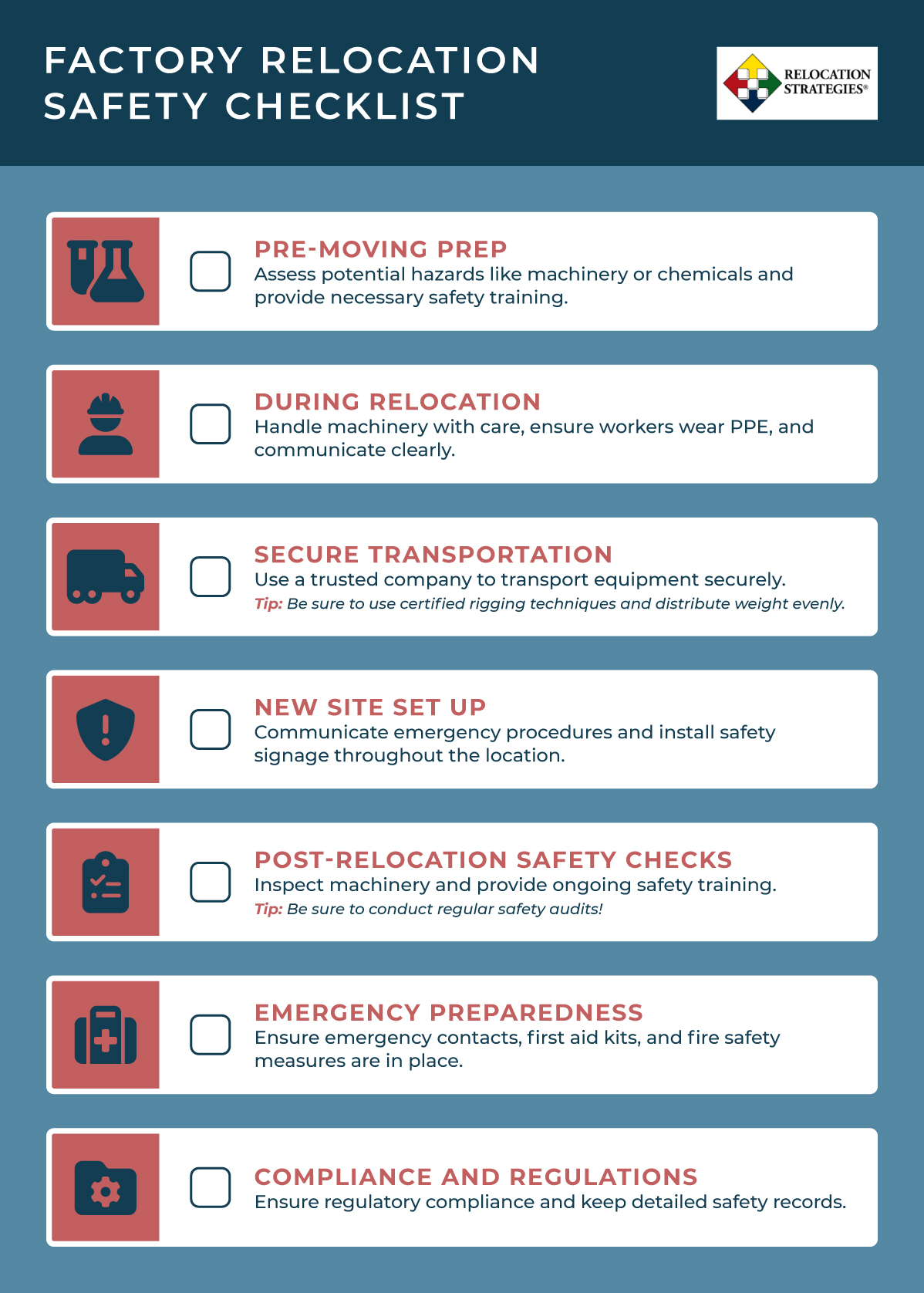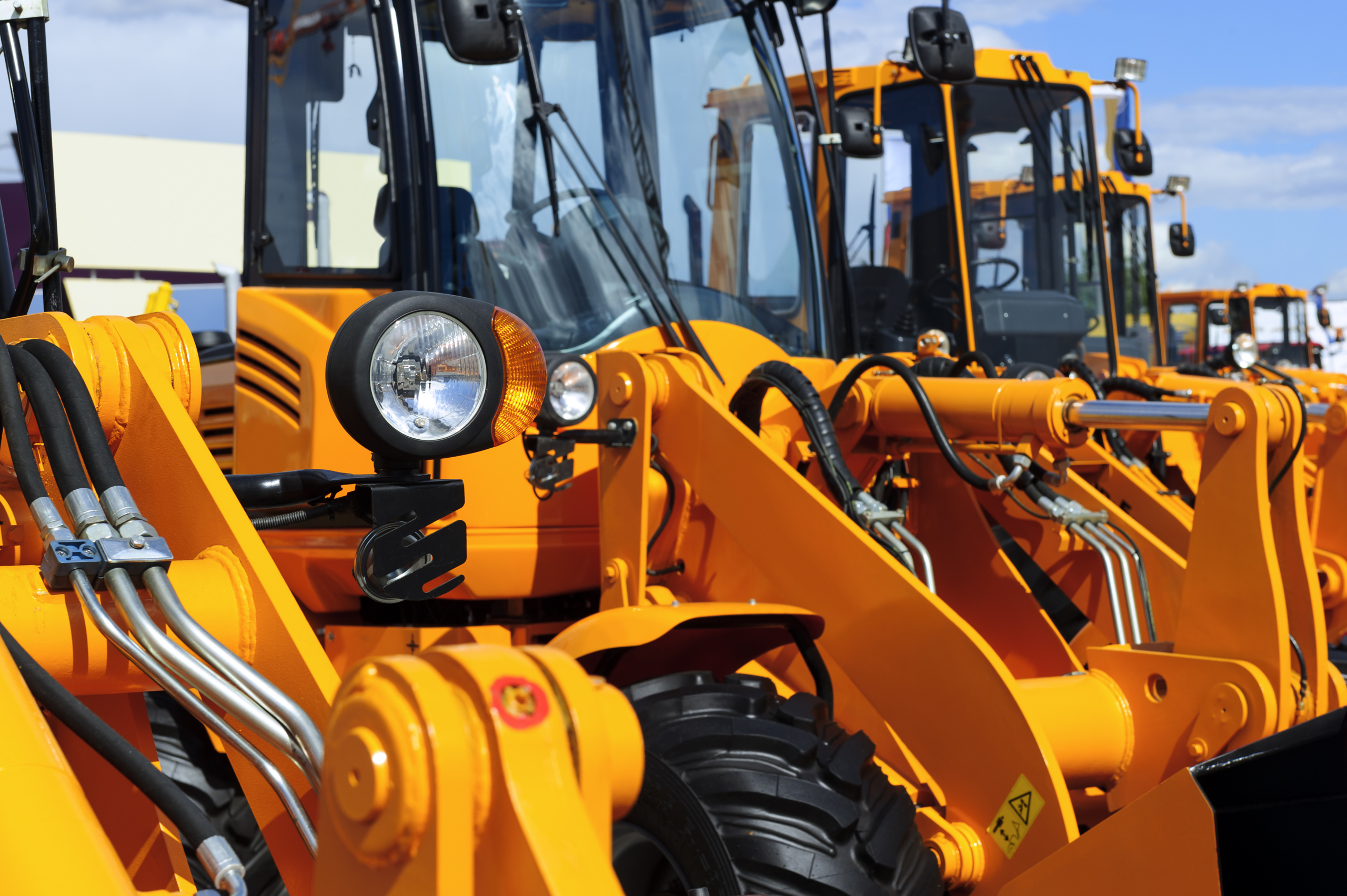Everything to Know About a Food Processing Plant Relocation
So, you’re moving your food processing plant? That’s a pretty big dill! (Sorry, we couldn’t resist.) But seriously, a food processing plant relocation is no picnic. It’s a complex undertaking with unique challenges that go beyond simply moving equipment from point A to point B.
From maintaining strict hygiene standards to adhering to food safety regulations, there’s a whole lot to consider. But don’t worry; we’re here to help you navigate this journey and ensure your move is as smooth as possible.
How is a Food Processing Plant Relocation Different from Other Industrial Relocations?
Food processing plants are where the magic happens – raw ingredients get transformed into the delicious snacks and meals we all love. These facilities are packed with specialized equipment, from ovens and mixers to conveyor belts and packaging systems, all working together to create those tasty treats.
Now, here’s the thing: moving a food processing plant isn’t the same as moving a regular warehouse or factory relocation. Here’s why:
Think of it like this: you wouldn’t move a hospital the same way you’d move a library. In a hospital, you have to worry about sterile equipment, sensitive medicines, and patient safety. In a food processing plant, it’s all about keeping things clean, keeping food at the right temperature, and following strict regulations. You wouldn’t want a stray Band-Aid ending up in a batch of cookies, right?
Similarly, moving heavy machinery in a factory is different from moving delicate lab equipment for a hospital relocation. In a food plant, you have a mix of both – big machines and delicate processes. You need experts who can handle it all.
So, while moving any industrial facility has its challenges, food processing plant relocations have unique needs. It’s like a recipe – you need the right ingredients and the right expertise to make it a success.
The Importance of a Smooth Food Processing Plant Relocation
Let’s face it: industrial relocations are never easy. However, relocating a food processing plant is an even more complex operation than you’d assume! But why is a smooth industrial relocation so crucial?
Think of it like this: your food processing plant is a finely tuned machine. Every piece of equipment, every process, every employee plays a vital role in keeping that machine running smoothly. A bumpy relocation can throw a wrench in the gears, disrupting production, compromising safety, and impacting your bottom line.
Here’s why a smooth transition is essential for your food processing plant relocation:
Time is Money:
In the food industry, time is of the essence. Every hour your production is down translates to lost revenue and potential disruptions in the supply chain. A smooth relocation minimizes downtime, allowing you to get back to business quickly and efficiently.
Safety First, Always:
Maintaining food safety throughout the relocation is crucial. A smooth transition ensures that your products remain uncontaminated and meet all quality standards. This protects your customers and your brand’s reputation.
Happy Employees, Happy Business:
Business relocations can be stressful for your workforce. A smooth transition minimizes disruptions, keeps employees informed and engaged, and helps maintain morale. Happy employees are productive employees!
Compliance is Key:
The food industry is heavily regulated. A smooth food processing plant relocation ensures that you remain compliant with all relevant regulations, avoiding potential fines and delays.
How Relocation Strategies Can Make Your Food Processing Plant Move Easy
At Relocation Strategies, we’re like the ultimate moving superheroes. We swoop in and take charge of all the messy, complicated bits of relocating your business so you can focus on what you do best. Here’s how we make moving a breeze:
- Masterful Planning: Our project managers create a customized relocation plan tailored to your specific needs and timeline. This includes everything from assessing your current space to designing your new layout.
- Logistics Wizards: We handle all the logistics, including packing, transportation, and installation of your equipment and furniture. We even take care of those pesky IT and telecom connections.
- Employee Support: We provide support for your employees throughout the entire process, from pre-move planning to settling into the new space. This helps minimize disruption and ensure a smooth transition for everyone.
- Cost Control: We help you manage your relocation budget and avoid unexpected expenses. We’re experts at finding cost-effective solutions without compromising quality.
- Minimal Downtime: We work efficiently to get you up and running in your new space as quickly as possible, minimizing downtime and maximizing productivity.
How This Expertise Benefits Food Processing Plant Relocations
Now, let’s apply this superhero strength to the unique challenges of moving a food processing plant:
- Hygiene Heroes: We understand the importance of maintaining strict hygiene standards in the food industry. We follow rigorous protocols to ensure your equipment and new facility are spotless and compliant with food safety regulations.
- Temperature Tamers: We have the expertise and equipment to handle temperature-sensitive products with care. We’ll ensure your ingredients and finished goods stay fresh and safe throughout the journey.
- Regulation Wranglers: We navigate the complex web of food industry regulations, ensuring your relocation meets all requirements and avoids costly penalties.
- Equipment Whisperers: We have experience handling the specialized equipment found in food processing plants. We’ll disassemble, transport, and reassemble everything with care, minimizing downtime and maximizing efficiency.
In short, we bring our A-game to every move, but we have specialized knowledge and experience that makes us particularly well-suited to handle the unique challenges of food processing plant relocations.
No Matter What or Where You’re Moving, We Have Your Back
Whether you’re moving a single piece of equipment or an entire food processing plant, Relocation Strategies has the expertise and experience to make your relocation a success. We’ve been helping businesses of all sizes – from small offices to large corporations – relocate smoothly and efficiently for over 25 years.
Our dedicated project managers are your single point of contact throughout the entire process. They’ll handle every detail, from planning and logistics to on-site coordination and post-move follow-up. Think of them as your relocation maestros, conducting a symphony of moving parts to ensure a seamless transition. Contact us today!



